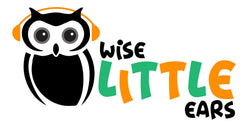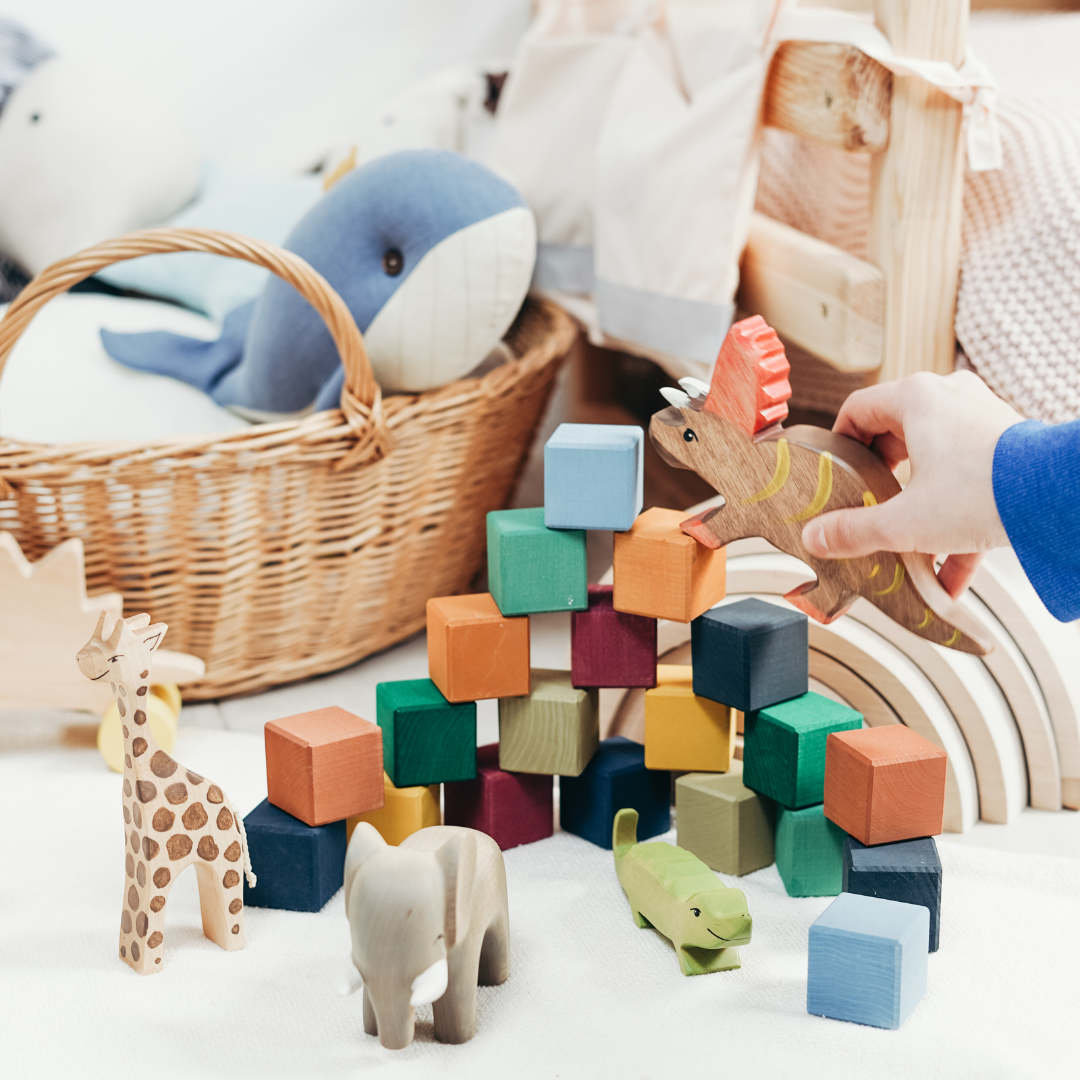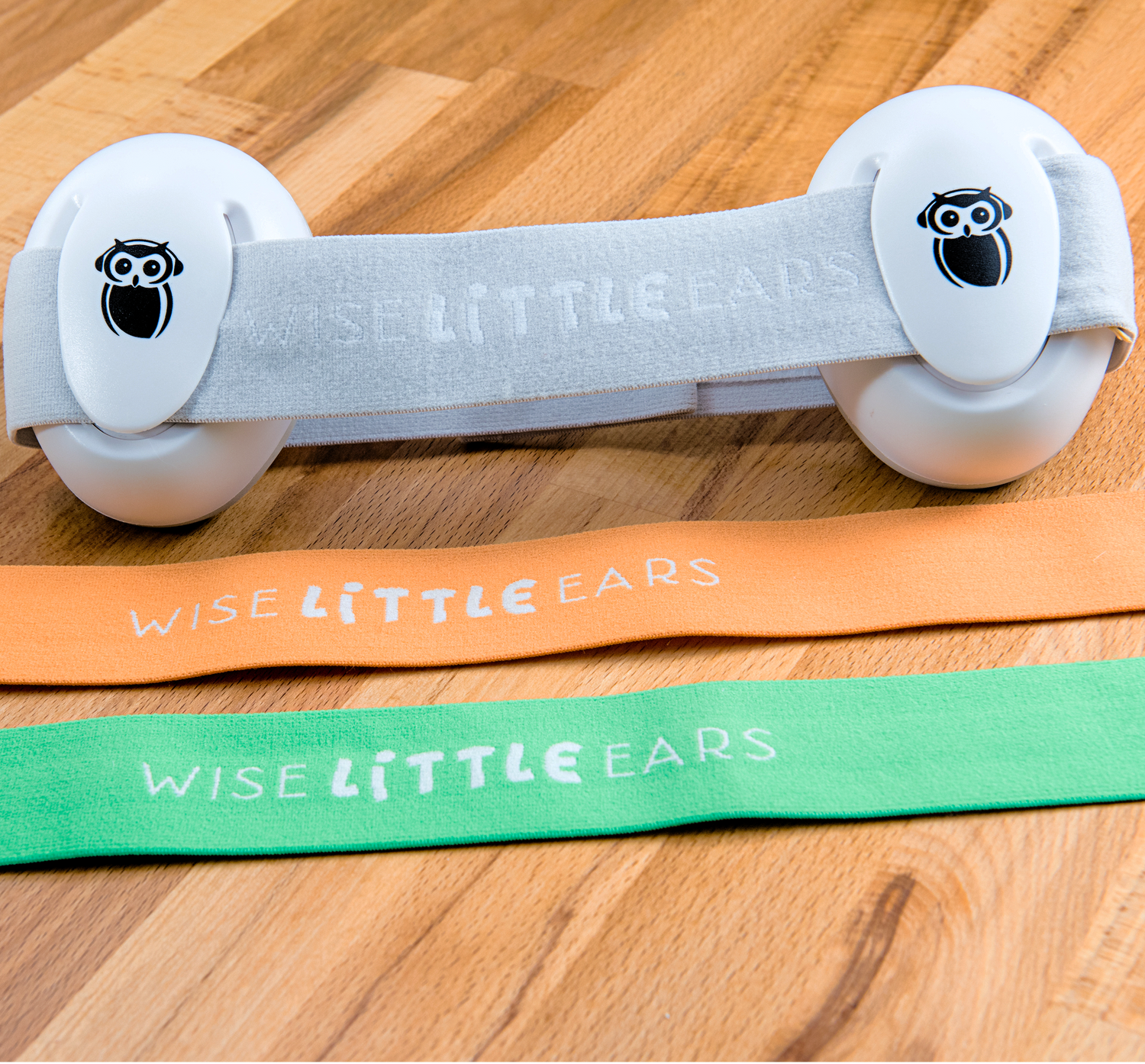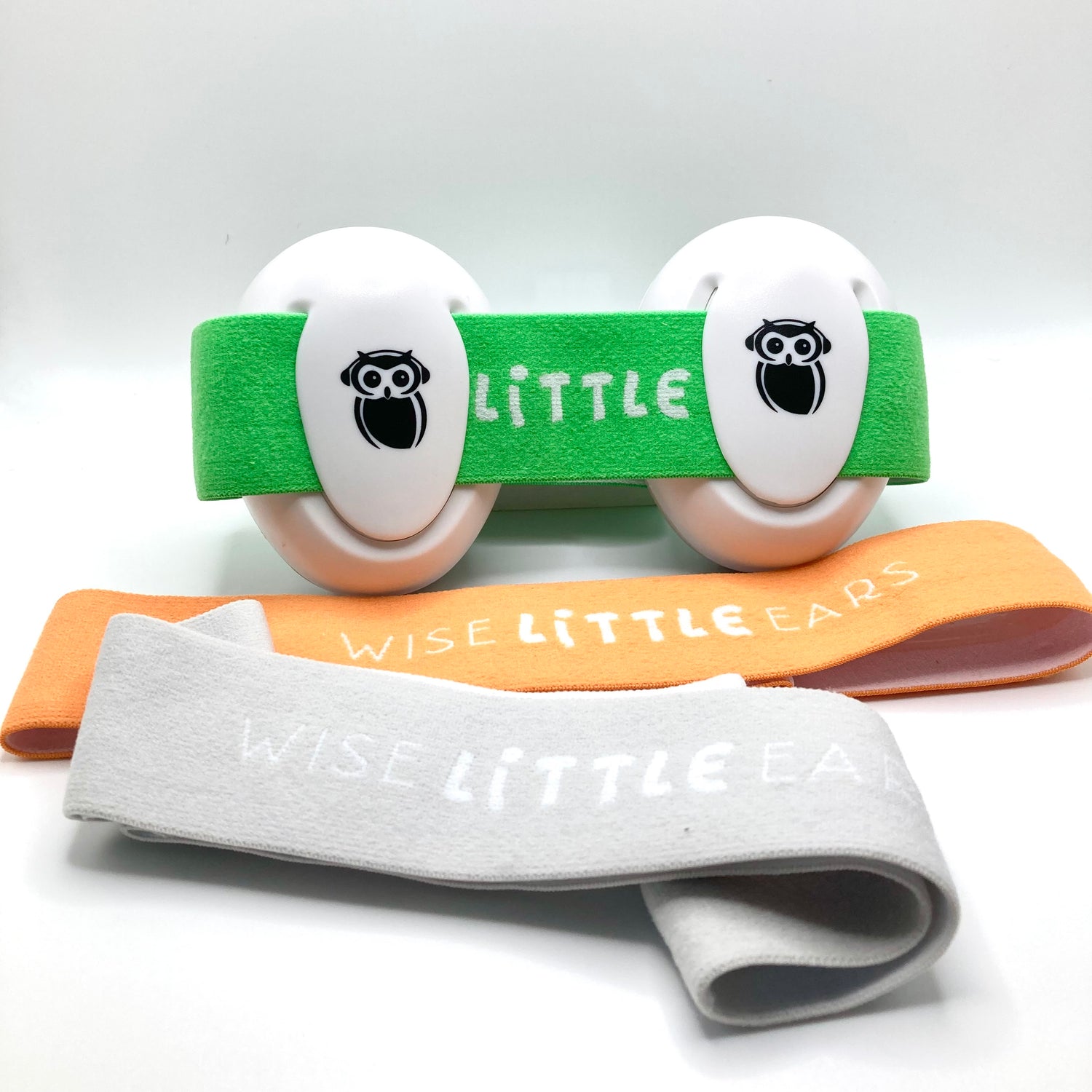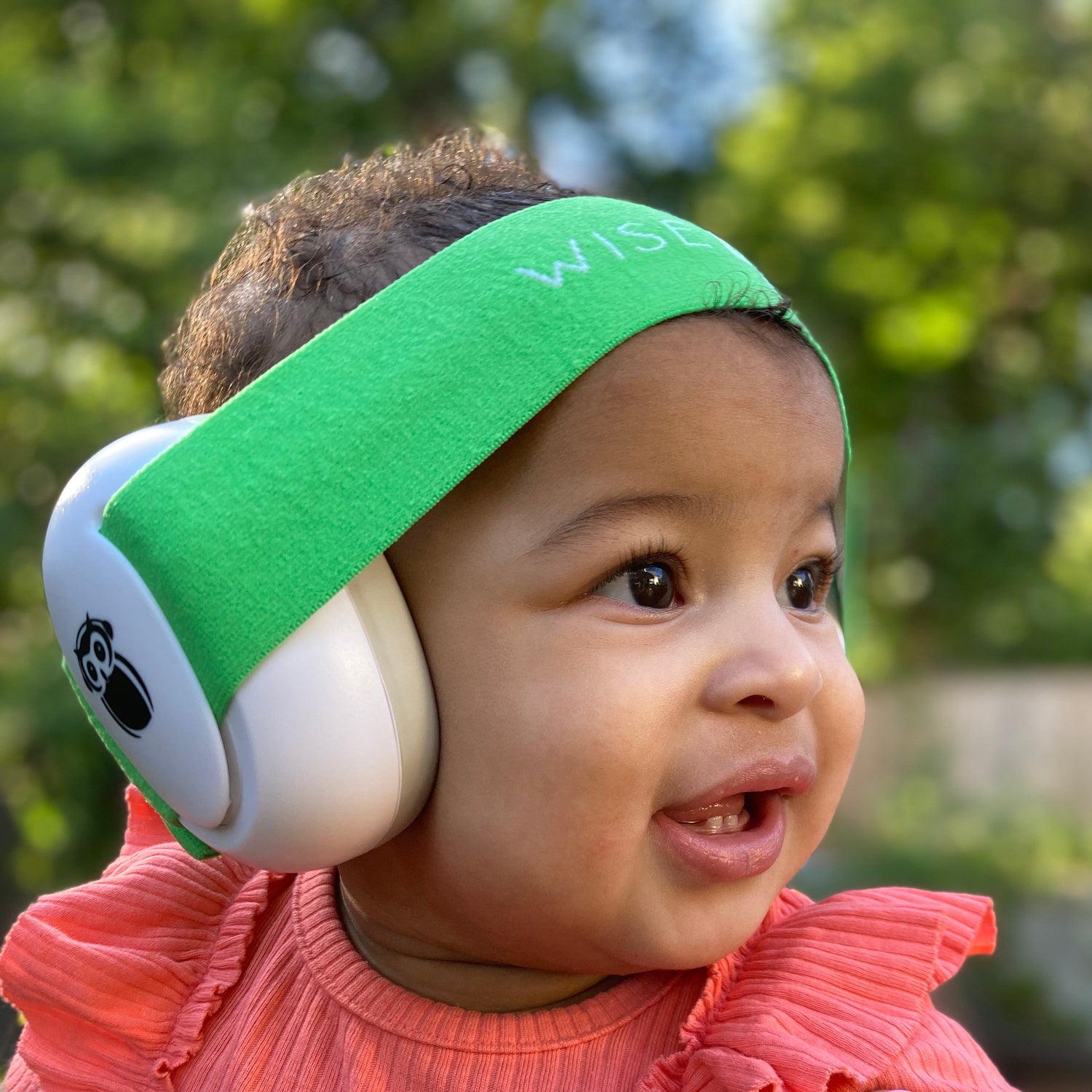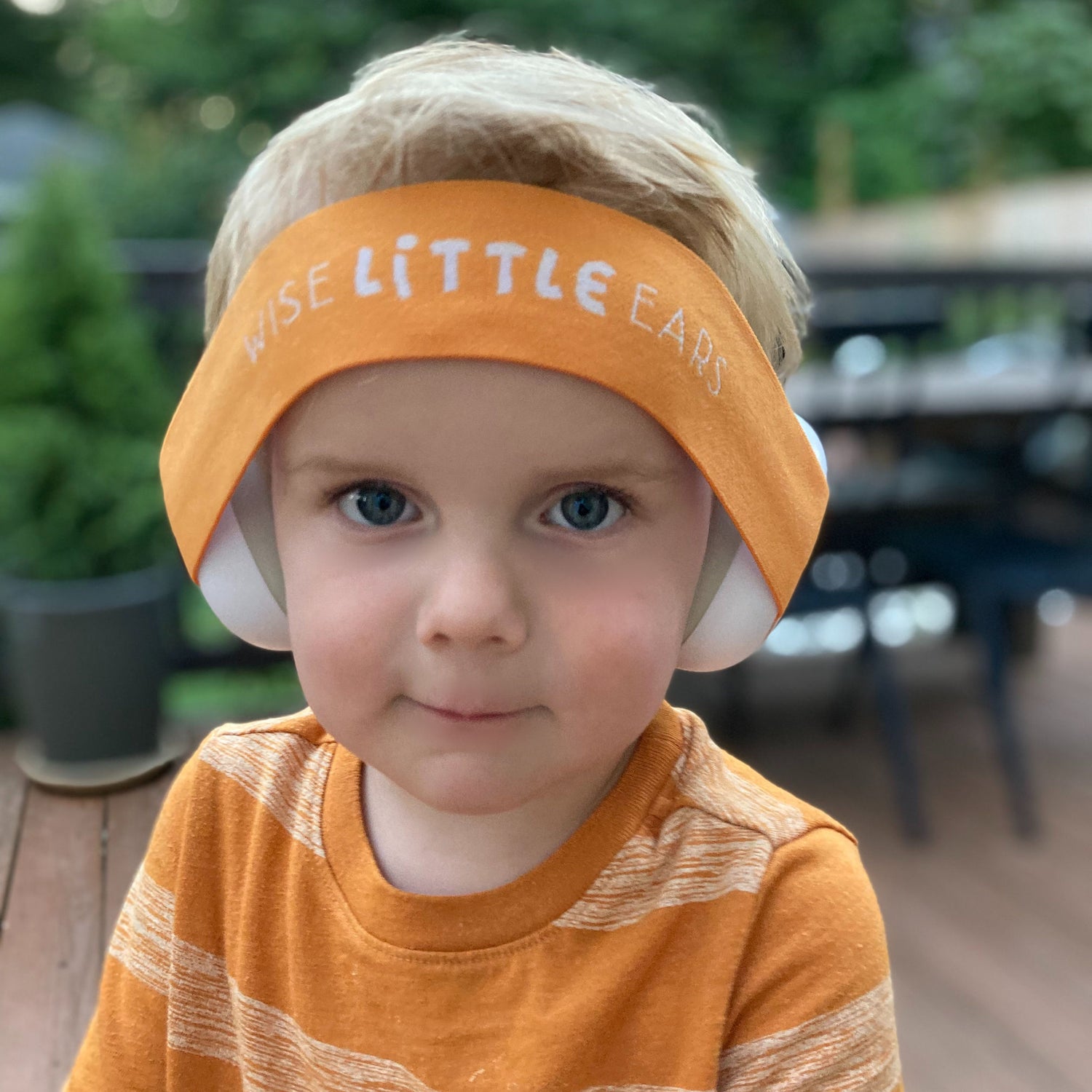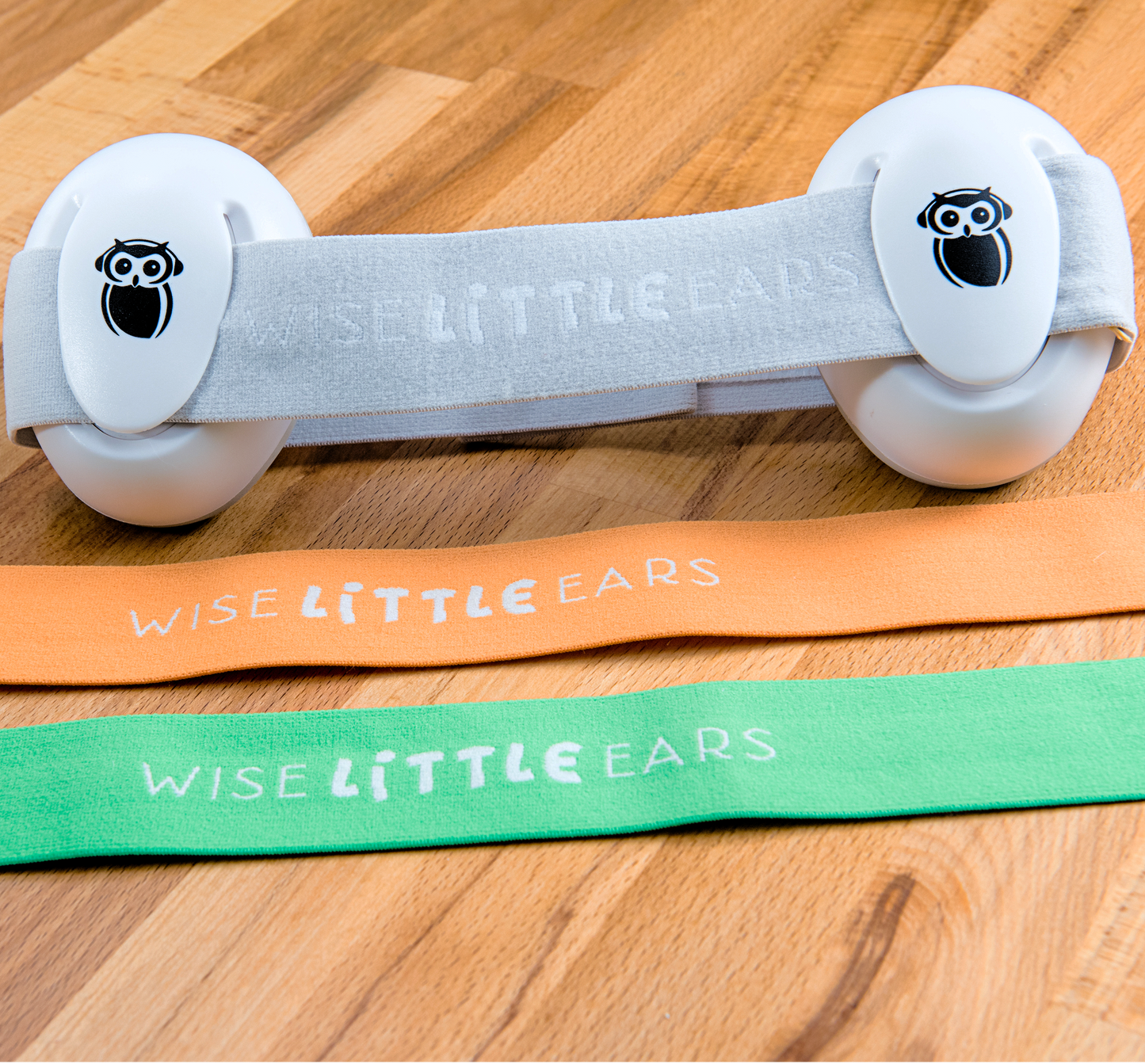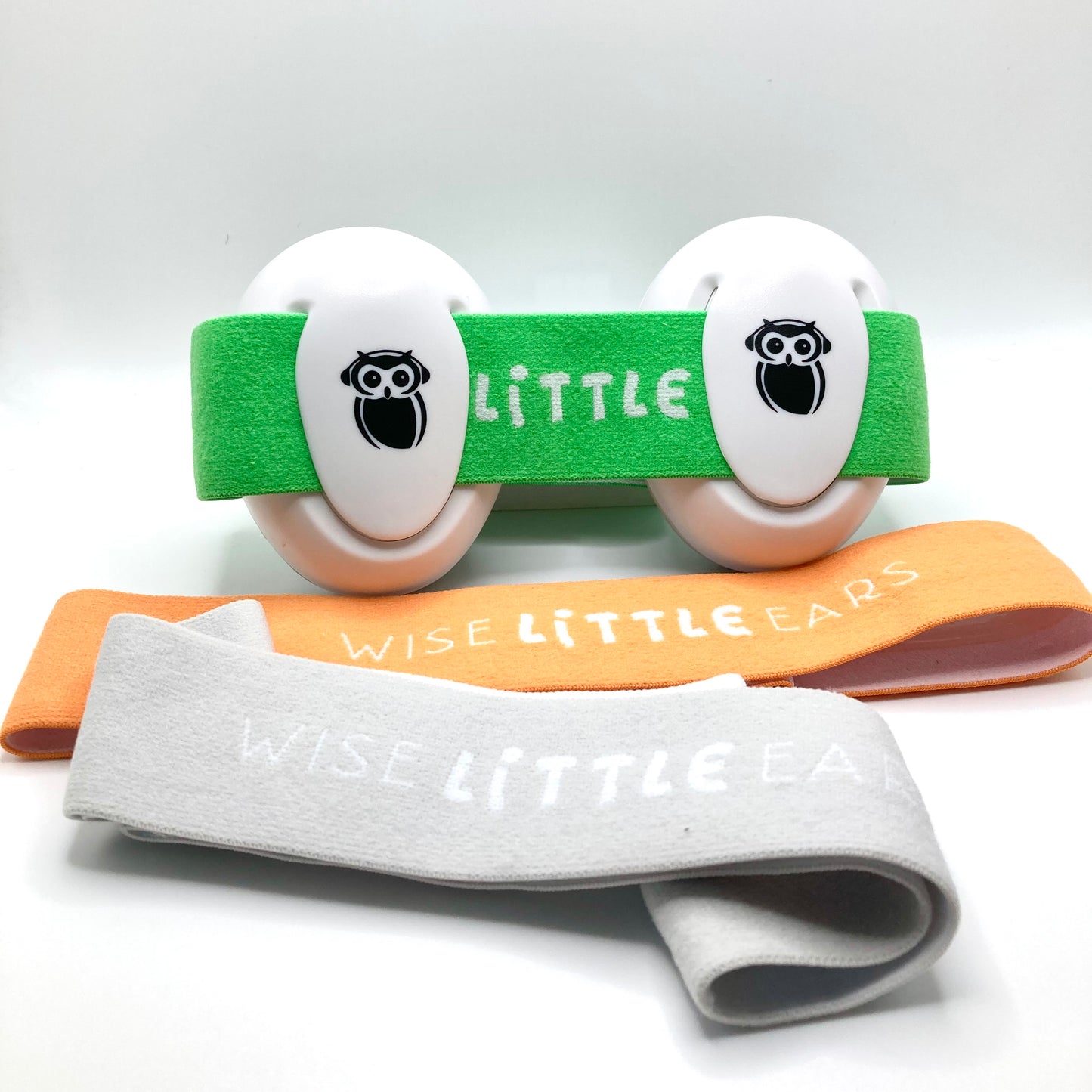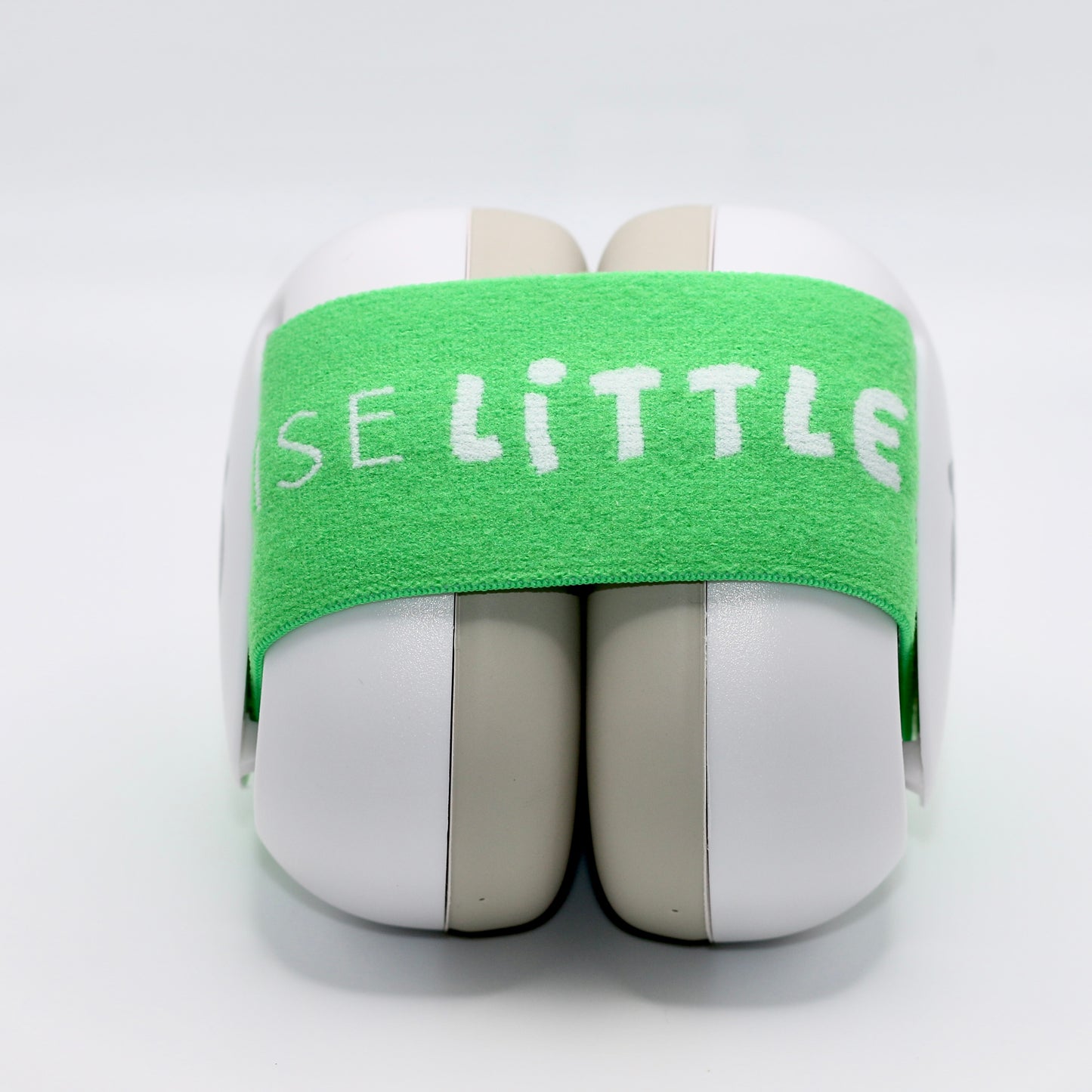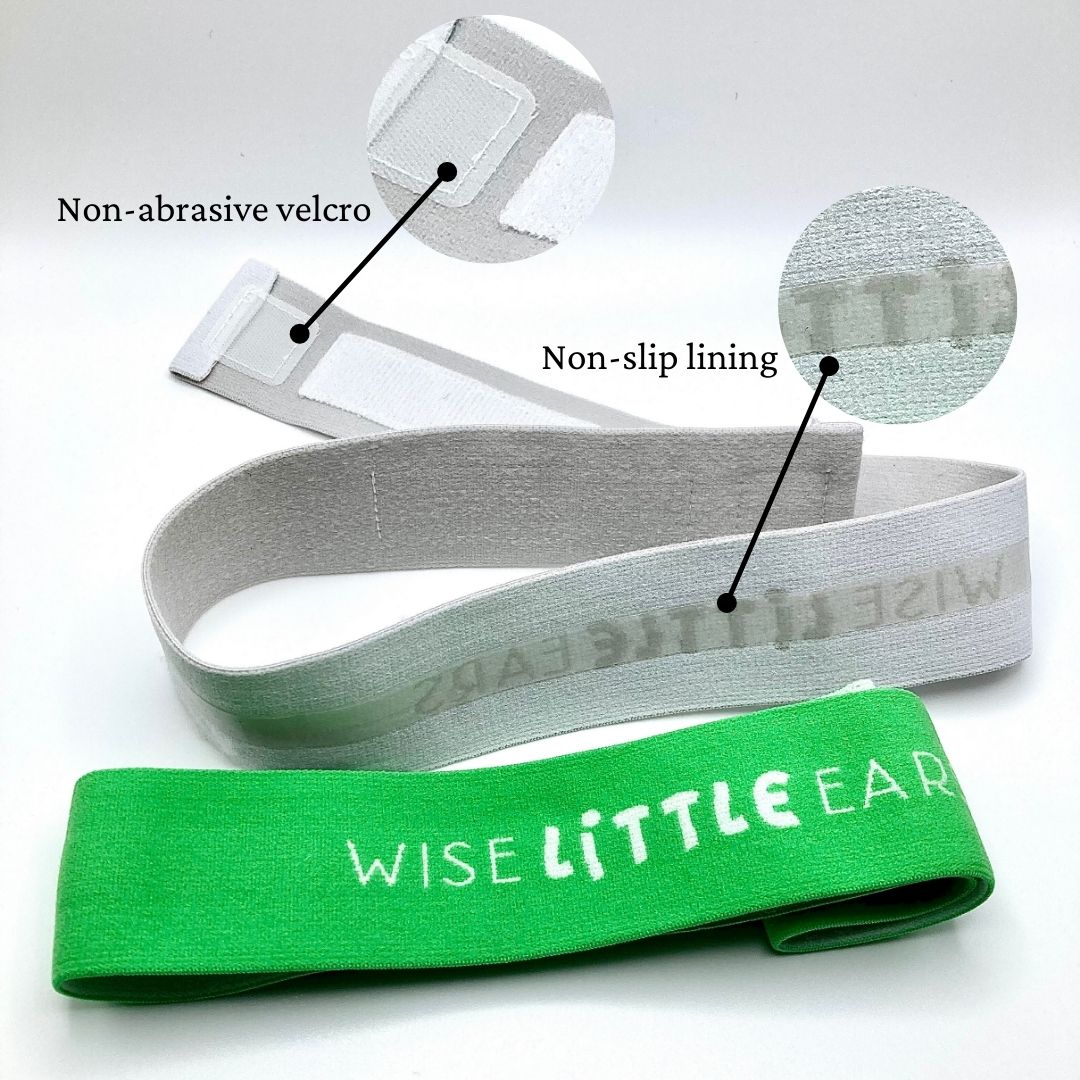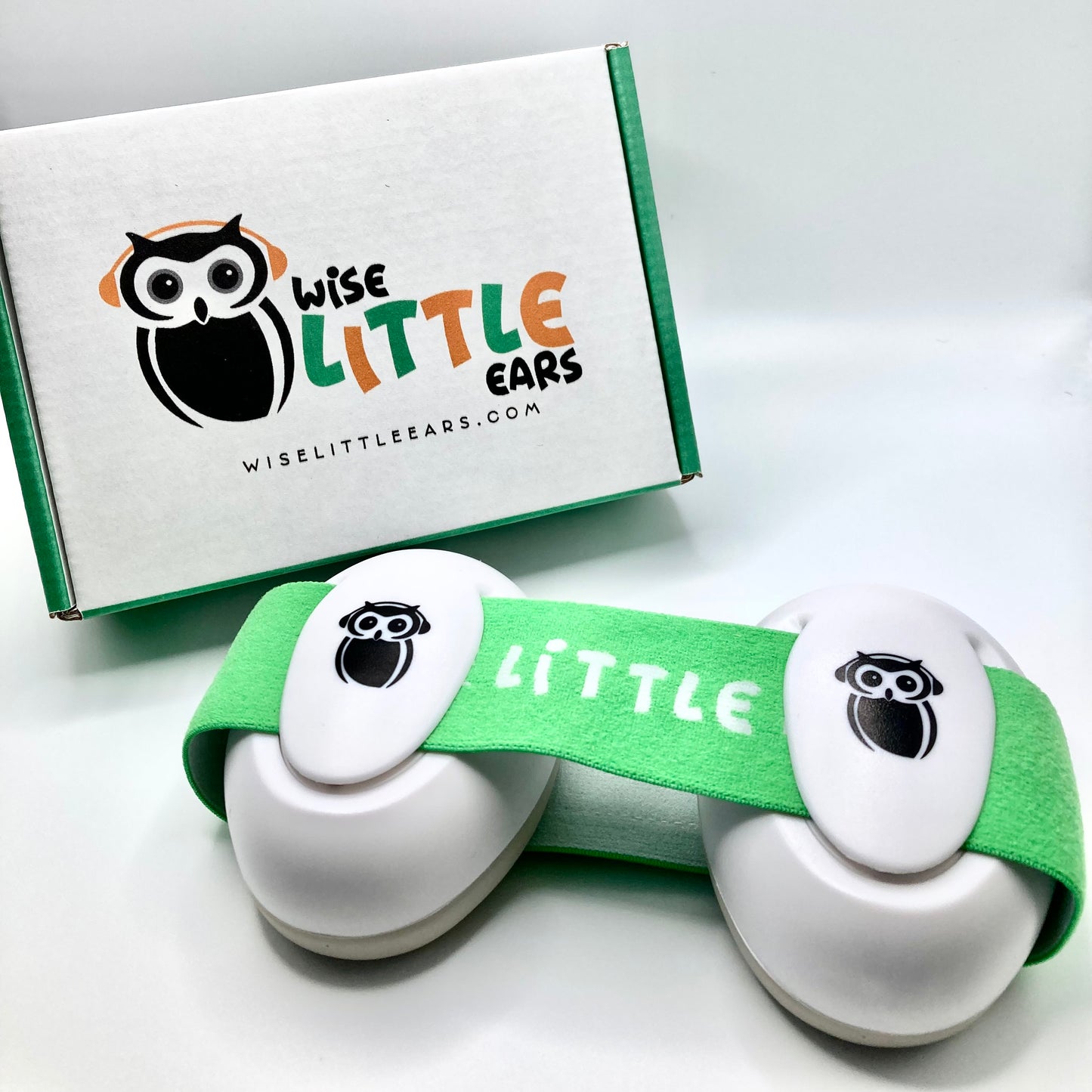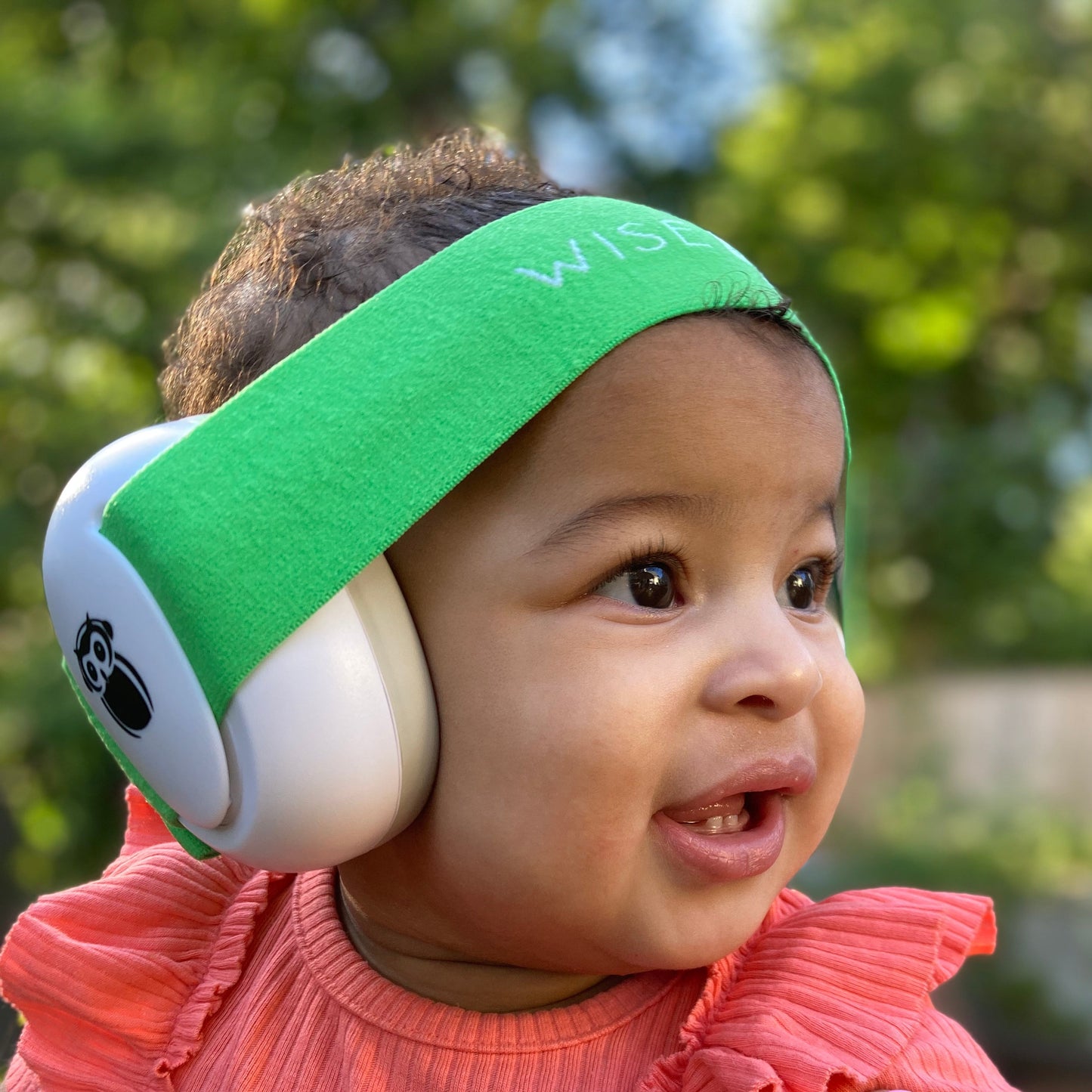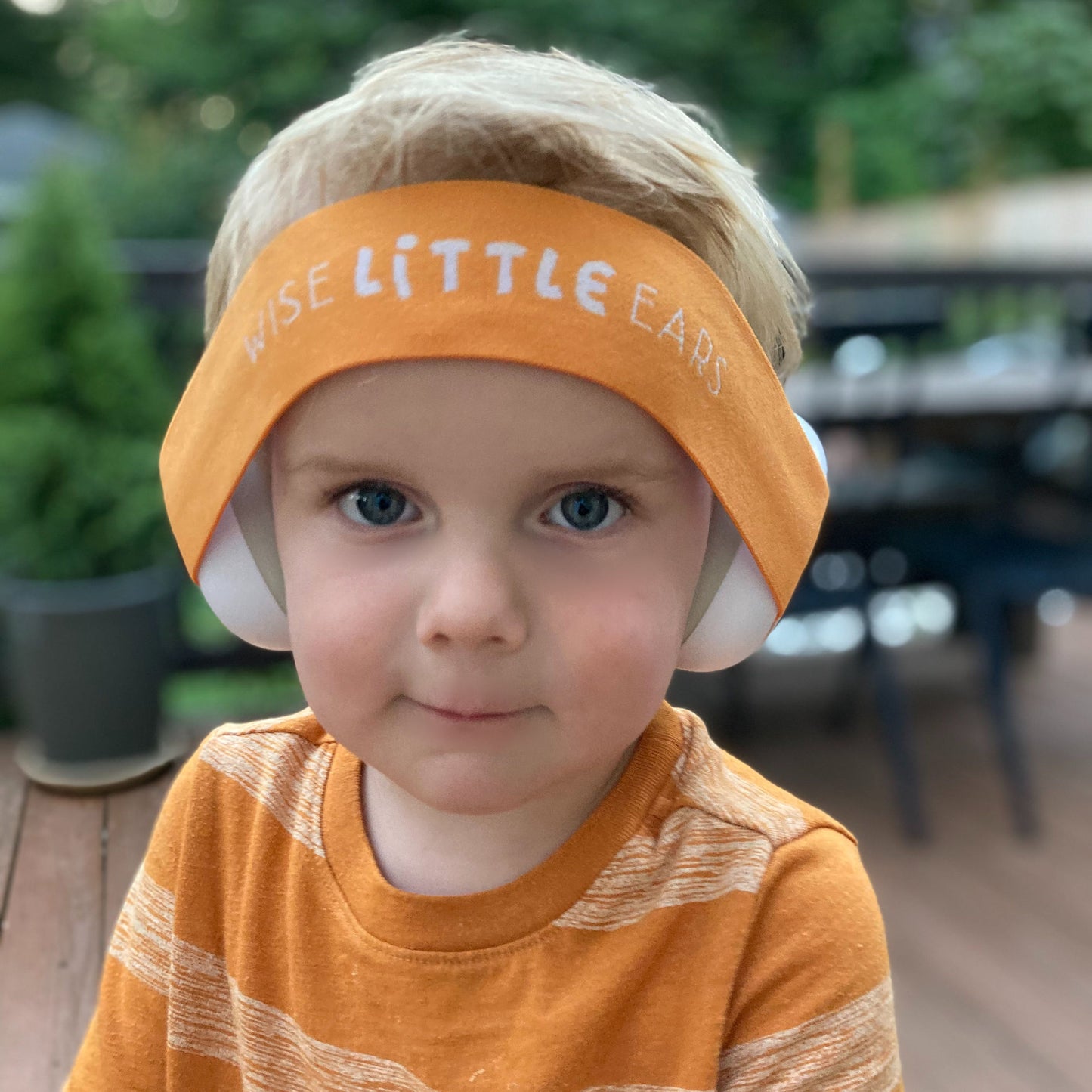When we think of toys, we often imagine laughter, fun, and joy. But did you know that some toys could be doing harm to your child's hearing? While the risks of loud sounds in general are well-known, the specific dangers posed by noisy toys are often overlooked. In fact, many toys produce noise levels that can be harmful to both children and adults. The good news is that with a little awareness (Team Wise Little Ears has got you covered here!) and some simple guidelines, parents can reduce the risks and protect their child's hearing. And don’t forget to check out our carefully curated Wise Little Ears: Gift Guide for Peaceful Play.
The Danger Lurking in Loud Toys
Many toys, especially those that involve sound effects or music, can reach alarmingly high decibel levels. Some toys, such as music boxes, robots, and electronic gadgets, can emit noise levels between 110 to 135 dB—comparable to the roar of a jet engine or a chainsaw. Even toys that aren't as loud can be problematic. Toys producing sounds in the range of 85 to 95 dB—equivalent to the noise of a large truck or a rock concert—can still cause hearing damage with prolonged exposure.
The effects of this constant noise exposure can accumulate over time, leading to noise-induced hearing loss (NIHL). Research has shown that hearing loss from noise exposure is cumulative, meaning that each exposure adds up and can cause permanent damage over time. For children, this can be especially concerning as their delicate hearing structures are still developing.
Why Children Are At Greater Risk
There are two primary reasons why children are particularly vulnerable to the dangers of noisy toys:
-
Proximity to the Ear: A child’s arm span is much shorter than an adult’s, meaning the toy is often held closer to the ear. This can significantly amplify the sound levels that reach the eardrum, increasing the risk of damage.
-
Failure to Follow Safety Guidelines: Many toys come with warnings about keeping them a certain distance away from the ear, but young children don’t always follow these instructions. In fact, children may hold toys right next to their ears, completely bypassing the recommended safe distance and inadvertently increasing their risk of hearing damage.
The Impact on Parents and Adults
It's not just children who suffer from noisy toys. Parents and caregivers often have to endure the constant din created by these toys, leading to noise annoyance and stress. While this may seem like a minor inconvenience, it's important to understand that consistent exposure to loud noise, even at moderate levels, can be damaging to adults as well. The cumulative effect of noise exposure over time can affect anyone, regardless of age.
Wise Little Ear Guidelines for Safer Toy Shopping
So, how can parents protect their children from the harmful effects of noisy toys? Here are some practical tips to keep in mind when shopping for toys:
-
Trust Your Own Ears: If a toy seems too loud for you, it's probably too loud for your child. When testing toys in stores or at home, trust your judgment—if it hurts your ears, it will likely harm your child's hearing over time.
-
Avoid Toys with Close-to-Ear Warnings: Many toys come with safety guidelines warning against holding them too close to the ear. If a toy has such a warning, consider avoiding it altogether. Children are often forgetful or unaware of safety instructions, and they may hold the toy too close, unknowingly violating the recommended safety distance.
-
Outdoor Play for Loud Toys: Toys that produce very loud sounds, like toy guns or musical instruments, should be played outside whenever possible. Playing in open spaces ensures that the noise won’t reach dangerous levels indoors and minimizes the impact on the child’s hearing as well as on other people in the home.
-
Designated Quiet Zones for Electronics: Video games and electronic toys can also be noisy. Designating a specific play area for these activities can help contain the noise and prevent it from spilling into common living spaces. This also helps you control the volume of noisy toys and keep the rest of the household more peaceful.
-
Sound-Absorbing Play Spaces: Consider setting up a play area with sound-absorbing materials. Soft rugs, mats, and padded furniture can help reduce the amount of noise bouncing around the room, creating a quieter environment for play. Additionally, lining toy boxes with fabric can reduce the noise produced when toys are thrown in or taken out.
Teaching Kids About Hearing Health
One of the most important aspects of protecting children from noisy toys is teaching them about the importance of hearing health. By taking steps to reduce exposure to loud sounds, parents can demonstrate that hearing is something to be cared for and preserved. Encourage children to take breaks from noisy toys, play in quieter spaces, and remind them to follow safety recommendations when using electronic gadgets.
In Conclusion: A Little Noise Can Go a Long Way
It’s easy to overlook the risks posed by noisy toys, but as parents and caregivers, we must be proactive in protecting our children’s hearing. Noise-induced hearing loss is permanent and irreversible, but with a few simple adjustments—such as choosing quieter toys, using outdoor play areas, and creating sound-absorbing spaces in the home—we can help prevent it. By taking these steps, we not only ensure that our children can enjoy their toys safely but also teach them the value of protecting their most precious sense: their hearing.
If you’re shopping for toys this holiday season, consider the noise level before making your purchase. Your child's hearing—and peace of mind—are worth it!
